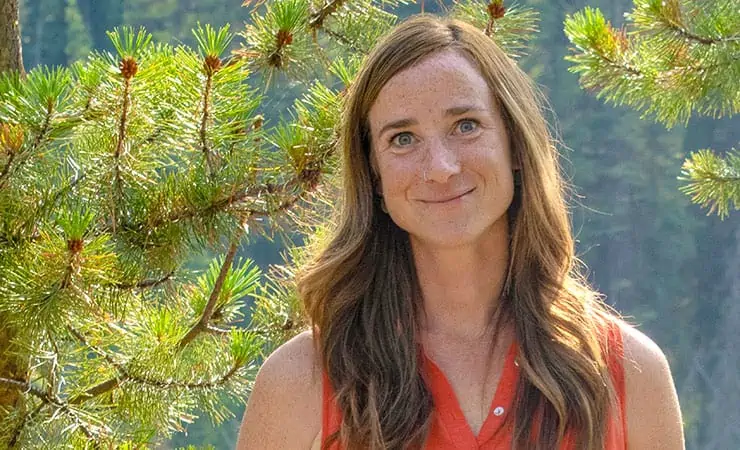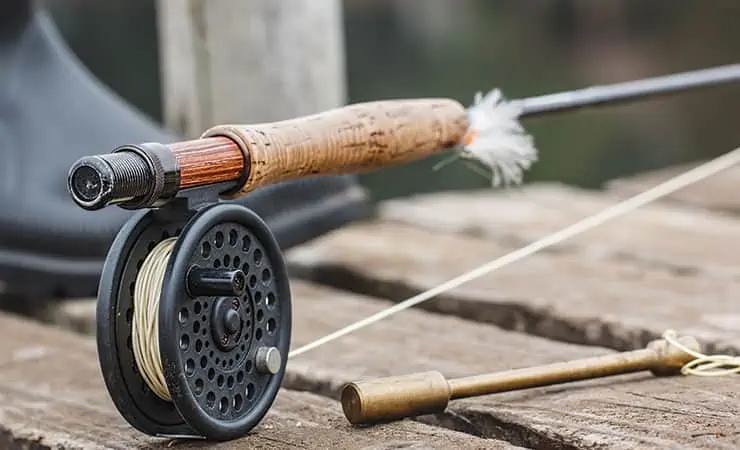Municipal-scale composting is no small backyard operation
The ancient Greeks had a word that helps explain the composting process. Well, actually they had two words: therme, meaning “heat” and philein, meaning “to love”.
So while you watch the truck haul away those yucky coffee grounds and carrot peels from your green bin, tip your hat to the tiny thermophilic (“heat-loving”) critters whose job is to turn your organic waste into a sweet, rich compost for next year’s garden.
Oh, yeah. Organic waste only, please.
“Don’t put anything that wasn’t once living into your compost,” admonishes Bryna Cable, environmental co-ordinator for the City of Whitehorse.
But let’s not get distracted. The truck is just pulling up to the composting facility adjacent to the city landfill, and those ravenous little heat-loving bugs are itching to dig into that organic smorgasbord.
The first stop is the staging area, to unload the often-odorous raw material (now dignified with the name “feedstock”) and put it through a machine called an enviro-processor, which breaks up bags and takes out non-organics such as metal, glass and plastics that should have been in your black bin for next week’s pickup.
The feedstock is laid out in a long windrow pile that may be as high as 15 feet. This is where those microfeeders hit their stride. But, like us, they need three things to survive and do their job: air, water and food.
The air comes via a pump at one end of a steel pipe with numerous air holes, which runs along the bottom of the windrow pile.
“So you’re kind of creating a chimney of air that is being pulled in from the bottom and moving up to the top,” Cable explains. “And in doing so, we’re able to have much larger piles, and we’re able to get the heat that we need to be able to really compost effectively up North.”
Of course, even when your diet is… well, junk food, eating 24/7 can be sweaty work. Within a few days, those hungry critters are chowing down in a sauna-like 70 degrees Celsius, which suits them just fine.
At that temperature, they’re even able break down the nasties your backyard compost pile can’t handle, such as pathogens that breed in waste meat, animal fat, or dog poo.
“At 70 degrees, you will kill off any petrochemicals, any fertilizers, and even DDT,” says Cable. “Even if somebody were to put waste oil or something like that into their green cart, that is how we can assure that those toxics have been eaten up by those bugs.”
From the staging area, the windrow is transferred to the composting area, where the digestion process continues at around the 70-degree mark for about eight weeks.
Water is added regularly to replace moisture the micro-organisms lose through respiration, and “energy-food” in the form of wood chips, shredded paper, or cardboard is turned into the pile to maintain the desired carbon-to-nitrogen ratio to promote proper composting.
After eight weeks, the windrow is moved to the facility’s curing yard, where it is turned regularly by a large machine called a windrow turner, which helps break up and aerate the material (the Whitehorse process is, after all, called “hot aerobic composting”).
The composting process continues for several more months, but slows down as the micro-organisms run out food and the material gradually cools.
Once it reaches the surrounding air temperature, the cured compost is sieved through a drum-like trommel screener before being carried by a conveyor belt to a sealed building to prevent contamination, then bagged for sale.
Next to the screener stands an ungainly-looking device called a Plastovac, the creation of Whitehorse resident and former Yukon Farmer of the Year, Garret Gillespie. His company, Boreal Compost Enterprises, has been operating the municipal composting facility for the past two years.
The Plastovac’s purpose is to eliminate as much as possible of a product that is the bane of composters and no use at all to heat-loving micro-organisms.
“Two words,” says Cable. “Plastic bags. Stop putting plastic bags into your green cart!”



